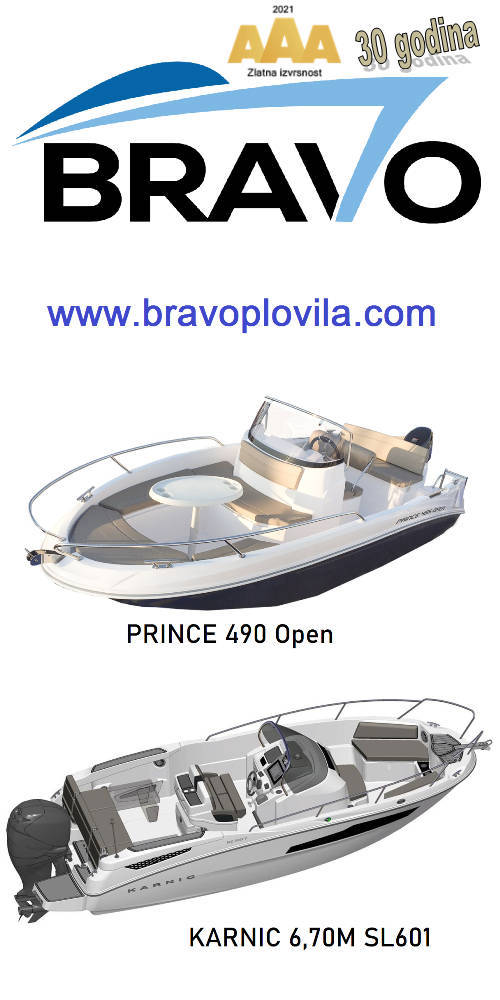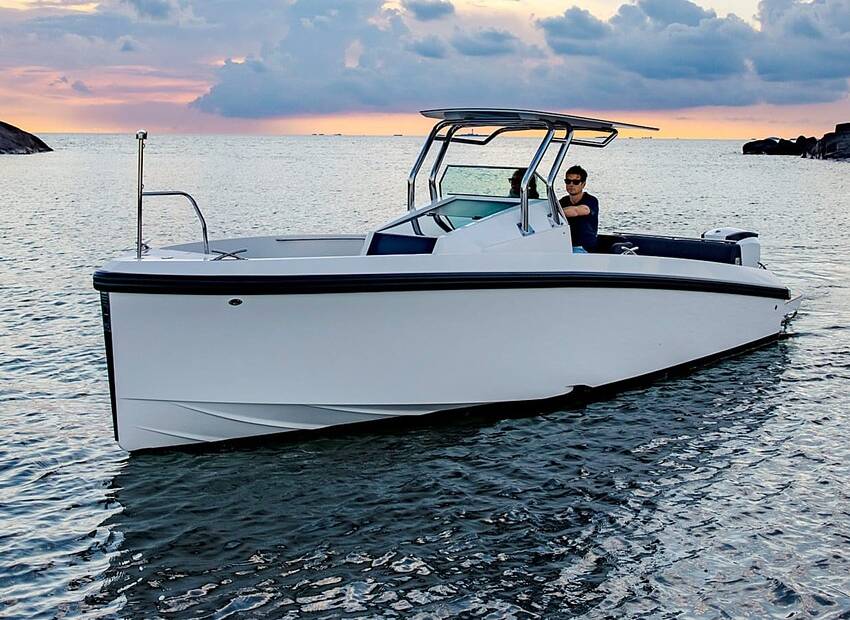You turn the key, push the diesel engine starter button and your engine starts just as you expect. But did you realize that you still have seven quick checks to make that could spell the difference between a trouble free day on the water or the challenge of sailing into your marina dock without an engine?
Follow these seven vital tips from marine diesel guru Peter Compton to add life to your costly diesel engine and keep it in tip-top shape all sailing season long!
Checks Within 30 Seconds of Engine Startup:
Make sure that the 'big three' below are checked right after your engine cranks up. If things don't look right, shut the engine down right away to prevent damage. Troubleshoot and fix the problem before you start the engine again.
1. Watch for Exhaust Water
Look over the side. Make sure you have water flow from the exhaust outlet. On some boats, the water will spit instead of flow. As long as you see water flow, your engine will stay cool.
2. Glance at Your Oil Pressure Gauge
Oil is the blood of your engine. Without it, your engine will seize up, overheat, destroy its innards, and be ready for the scrap heap in no time. Check the oil gauge within the first few seconds. Normal range lies between 40 and 60 psi. Often, your pressure will be higher at startup until the engine warms up.
3. Look for Smokey Exhaust
Diesel exhaust should be clear; older diesels may puff out a bit of light colored smoke. Black, blue, or white smoke indicate more serious problems that should be addressed right away. (See Captain John's detailed explanations on what each smoke color may indicate).
Check the Remainder of Startup Essentials:
4. Feel the Raw Water Pipe
Look on the top, aft side of your engine for a bent pipe between the main engine body and the big exhaust hose. This raw-water pipe feeds spent exhaust water from your engine to the exhaust hose, which carries it aft and over the side. Place your hand on the bent pipe. It should feel warm to the touch. If cold (no exhaust flow) or hot (overheating), shut the engine down.
Check to make sure you have opened the raw water seacock. Inspect the sea water strainer for blockage. If both are clear, you might have a blocked intake on your hull.
5. Shine a Light for Leaks
Open the engine access hatch and shine your light from top to bottom. Look for leaks at the coolant cap, seals on the engine body, hose-to-fitting joints, high pressure hoses, and injectors. Drop to the engine drip pan. Do you see water or fluid dripping? Move aft to the packing gland. Drip type glands should have a drop or two each minute, but no more.
6. Inspect for Unusual Vibration
Before you cast off, check the transmission in forward, neutral, and reverse gear. Assign a crew to man the helm and engage the shifter at idle ahead, back to neutral, then idle astern. Your engine should move through each position without loud clunking of the transmission or excessive vibration.
7. Read Your Other Gauges
Once water circulates, water temp should read normal temps (about 165° - 180°--check your manual). Voltage should read between 12 - 14 and Amps should be on the positive (+) side of the 0. Check your manual for the manufacturer's specific recommendations for engine temperature, pressure, and voltage.
Make these sailboat diesel engine checks right after you start any engine. Your engine will reward you with reliable, works-every-time service, longer life, and fewer repair costs--wherever in the world you choose to cruise!
John Jamieson (Captain John) with 25+ years of experience shows you the no-nonsense cruising skills you need for safer sailing worldwide. Visit his website at www.skippertips.com. Sign up for the Free, highly popular weekly 'Captain John's Sailing Tip-of-the-Week'. Discover how you can gain instant access to hundreds of sailing articles, videos, and e-Books!
Get instant access to 400+ sailing articles, videos, live discussion forums, and free ebooks! Click here to find out more!
Captain John






















